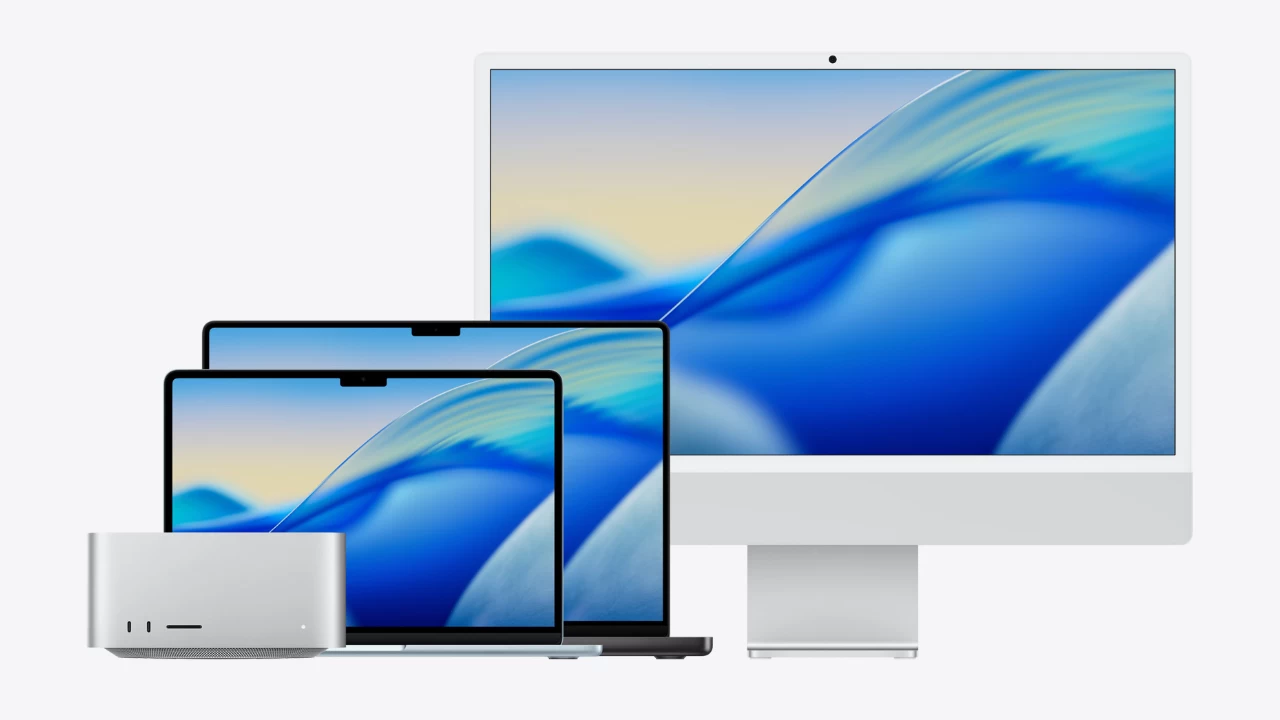With macOS Tahoe 26.2, Apple is introducing a new feature that allows multiple Mac computers to be combined to function as a single supercomputer. Designed specifically for developers and researchers, this system promises low-latency data flow over a Thunderbolt 5 connection. This allows users who want to run massive local AI models to combine their existing devices into a high-performance cluster, rather than relying on a single, powerful machine. This new architecture offers a highly functional solution for those who want to utilize existing hardware rather than wait for a refreshed Mac Pro.
Turn Macs into AI supercomputers with macOS Tahoe 26.2
While clustered Macs have been seen in the past, these setups typically suffered from slow data transfers due to lower Thunderbolt speed limits or the hubs used. However, Apple’s new technology eliminates this bottleneck by supporting full Thunderbolt 5 speeds of up to 80Gb/s. This system is compatible not only with expensive Mac Studio models, but also with Mac minis with M4 Pro processors and MacBook Pros with M4 Pro or Max processors. For example, when four Mac Studios are combined, each with 512GB of combined memory, they can run the Kimi-K2-Thinking model with 1 trillion parameters much more efficiently than standard PC hardware.

In demonstrations, a cluster of four Mac Studios successfully loaded massive AI models using an early version of ExoLabs’ EXO 1.0 software. A notable point is its energy efficiency; this massive system operated on less than 500 watts of power. By comparison, even a single NVIDIA RTX 5090 graphics card consumes 575 watts, while Apple’s solution offers a significant performance-per-watt advantage. Furthermore, developers don’t need special hardware to build these clusters; standard Thunderbolt 5 cables and compatible Mac computers are all they need.
The macOS Tahoe 26.2 update will also allow Apple’s open-source MLX project to fully access the neural accelerators on the M5 chip. While this will significantly speed up AI inference, it presents an interesting contrast with existing hardware. Unfortunately, the current 14-inch MacBook Pro with the M5 processor cannot take advantage of this new clustering feature, as it only supports Thunderbolt 4.
The unified memory structure and low power consumption of Apple Silicon processors already made Macs attractive for AI work; however, the ability to connect devices via Thunderbolt 5 maximizes this potential. While a Mac Studio with 512GB of RAM is quite expensive, labs and companies already owning a Mac Studio, Mac mini, or MacBook Pro can access supercomputing power by combining their existing devices without any additional expense. This feature could offer a powerful alternative to expensive GPU investments. What are your thoughts on this? Would you prefer to connect multiple computers together and combine their power for professional work?













